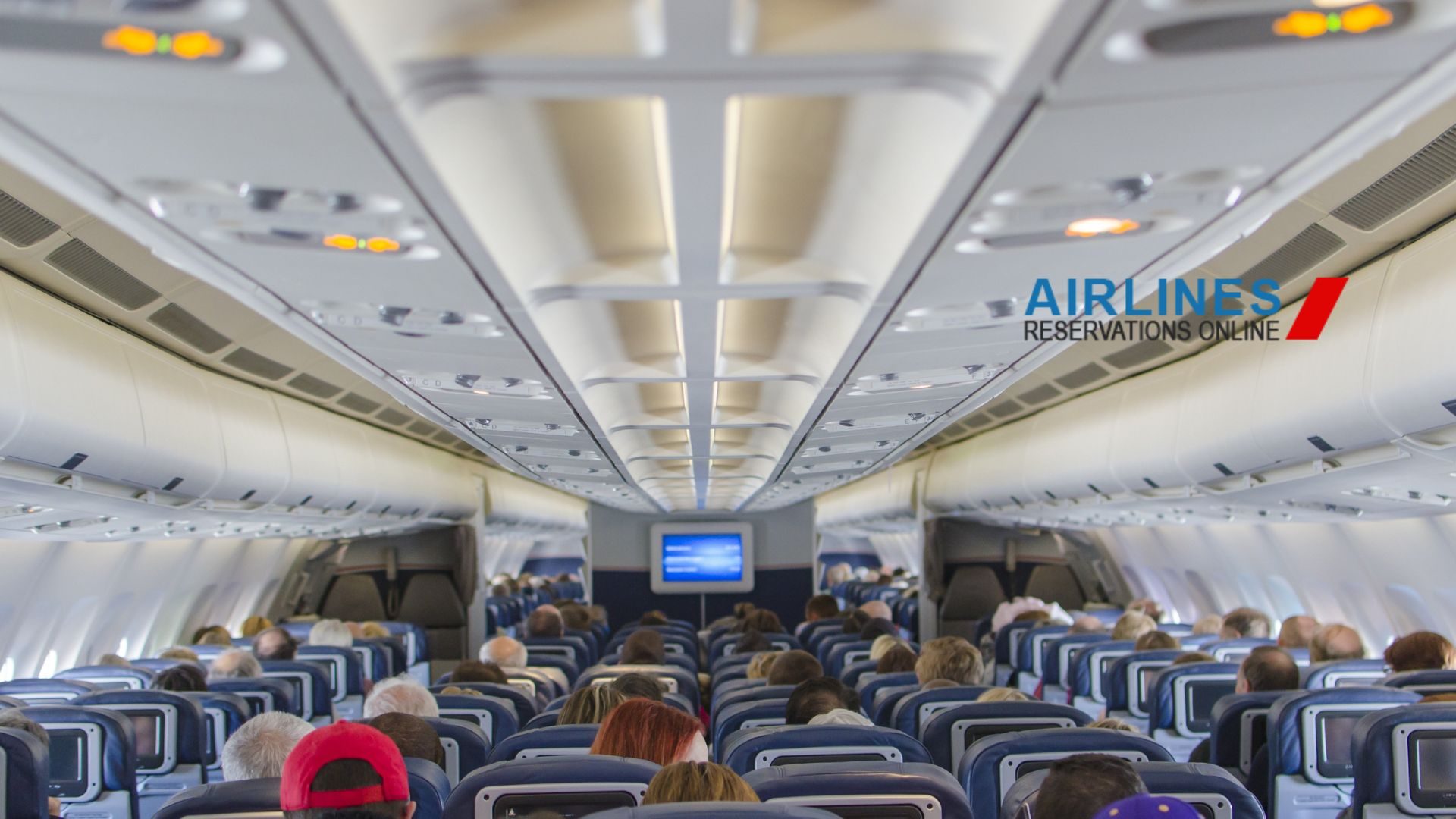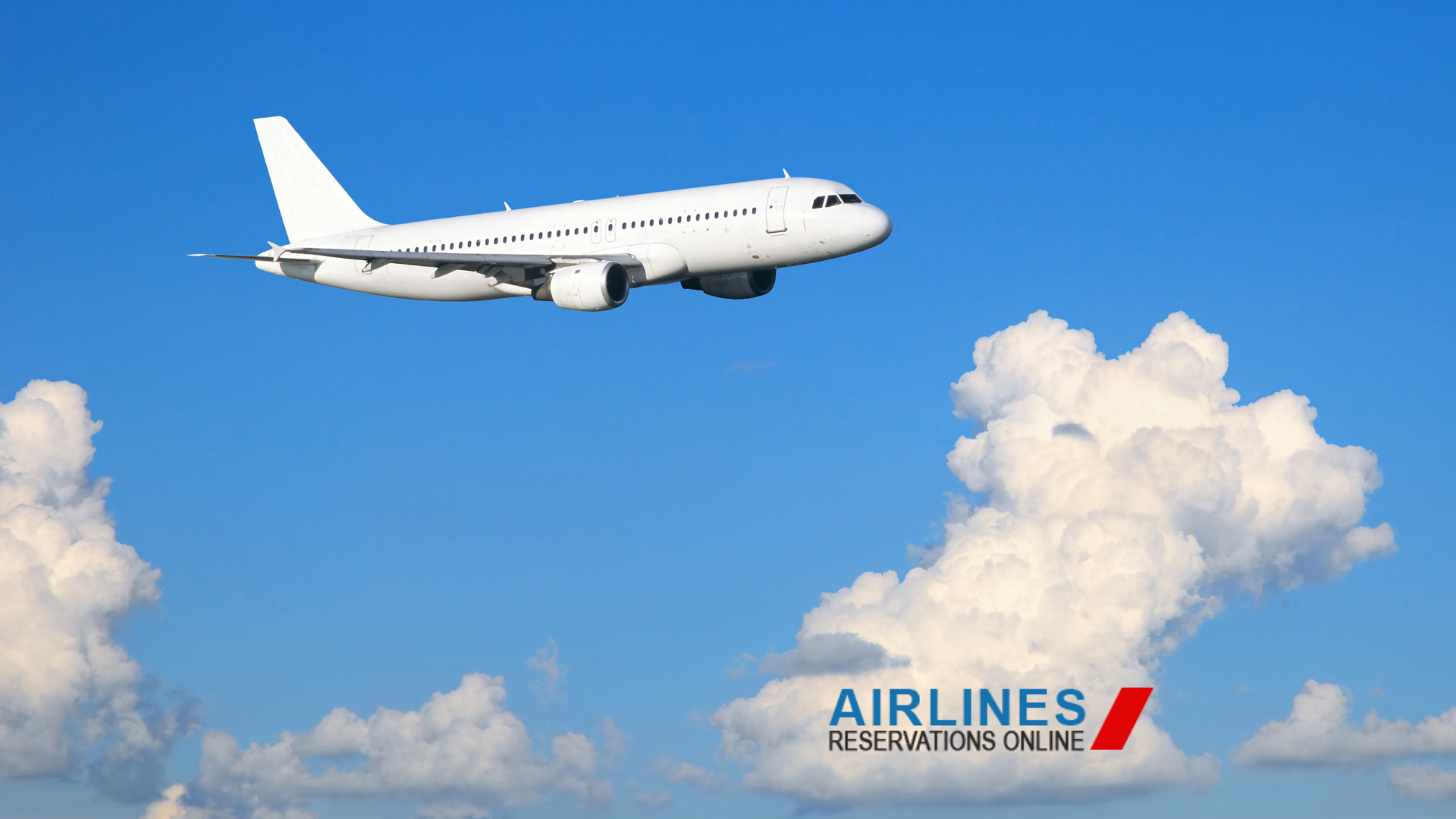U.S. Airports with the Most International Flight Options in 2025
In today’s globalized world, international travel is no longer a luxury—it’s a necessity. Whether you’re traveling for business, education, tourism, or family, choosing the right departure airport can significantly impact your experience. The United States is home to several world-class airports, but only a select few offer extensive international flight options.
In this guide, we break down the top U.S. airports with the most international flight options in 2025, helping you plan smarter, reduce layovers, and get to your destination faster.
1. John F. Kennedy International Airport (JFK), New York
Overview:
JFK consistently ranks as the top U.S. airport in terms of international flight connectivity. Located in Queens, NYC, it serves as a major hub for global travel and is the busiest international air gateway into North America.
Key Features:
Over 70 international airlines
Direct flights to 110+ international destinations
Major hub for Delta Air Lines and American Airlines
Terminals equipped with multilingual services
Popular International Routes:
New York to London Heathrow (LHR)
New York to Dubai (DXB)
New York to Tokyo Haneda (HND)
New York to Paris Charles de Gaulle (CDG)
Travel Tip:
Book early morning flights to avoid delays and enjoy faster customs processing at JFK.
2. Los Angeles International Airport (LAX), California
Overview:
LAX is the primary gateway between the U.S. and Asia-Pacific countries. With cutting-edge terminals and nonstop flights to over 80 international destinations, LAX is a top pick for West Coast travelers.
Key Features:
60+ international carriers
Nonstop flights to Asia, Europe, Australia, and South America
Major hub for United, Delta, and American Airlines
Tom Bradley International Terminal offers luxurious lounges
Top International Destinations:
Los Angeles to Seoul Incheon (ICN)
Los Angeles to Sydney (SYD)
Los Angeles to Mexico City (MEX)
Los Angeles to Frankfurt (FRA)
Why LAX Stands Out:
It’s one of the only U.S. airports with direct flights to every continent except Antarctica.
3. Miami International Airport (MIA), Florida
Overview:
MIA is the ultimate international gateway for travelers heading to Latin America and the Caribbean. Its strong ties to Central and South American countries make it an essential airport for international flyers.
Key Features:
100+ international destinations
Hub for American Airlines
Strong connections to Cuba, Brazil, Colombia, and Mexico
Multilingual staff and signage
Popular Routes:
Miami to Bogotá (BOG)
Miami to Havana (HAV)
Miami to São Paulo (GRU)
Miami to Madrid (MAD)
Insider Advice:
Use MIA for seamless customs clearance when flying back from Latin American countries.
4. Chicago O’Hare International Airport (ORD), Illinois
Overview:
ORD is one of the busiest airports in the U.S. and serves as a crucial hub for both domestic and international travel. Its centralized location makes it ideal for layovers between the East and West Coasts.
Key Features:
50+ international destinations
Hub for United Airlines and American Airlines
State-of-the-art Terminal 5 for international travel
Direct flights to major European and Asian cities
Frequent International Routes:
Chicago to London (LHR)
Chicago to Tokyo (NRT)
Chicago to Toronto (YYZ)
Chicago to Zurich (ZRH)
Travel Tip:
ORD offers excellent lounge options, making long layovers much more comfortable.
5. Atlanta Hartsfield-Jackson International Airport (ATL), Georgia
Overview:
Known as the world’s busiest airport by passenger volume, ATL also provides an impressive number of international flight options. It’s the key international gateway for the southeastern U.S.
Key Features:
70+ international routes
Hub for Delta Air Lines
New international terminal (Concourse F)
Quick customs process with biometric technology
International Routes Include:
Atlanta to Johannesburg (JNB)
Atlanta to Paris (CDG)
Atlanta to Cancun (CUN)
Atlanta to Amsterdam (AMS)
What Makes ATL Unique:
Fastest check-in to gate times among major U.S. airports.
6. San Francisco International Airport (SFO), California
Overview:
SFO is a favorite for tech executives and Silicon Valley residents, providing robust international access—especially to Asia and Europe.
Key Features:
Nonstop flights to over 50 international cities
Major hub for United Airlines
Excellent public transportation access
Advanced security and quick boarding systems
Popular Routes:
San Francisco to Hong Kong (HKG)
San Francisco to London (LHR)
San Francisco to Shanghai (PVG)
San Francisco to Manila (MNL)
Why Choose SFO:
Great for international travelers looking for direct access to Asia-Pacific tech hubs.
7. Dallas/Fort Worth International Airport (DFW), Texas
Overview:
DFW is centrally located in the U.S., making it an ideal departure point for travelers heading to Europe, South America, or Asia.
Key Features:
Flights to 70+ international cities
Hub for American Airlines
Recently upgraded terminals and international lounges
Well-connected to major U.S. cities for connecting flights
Top Routes:
Dallas to London (LHR)
Dallas to Tokyo (NRT)
Dallas to Madrid (MAD)
Dallas to Mexico City (MEX)
Travel Tip:
Use DFW if you want flexibility with airline options and more flight frequency.
8. Newark Liberty International Airport (EWR), New Jersey
Overview:
Serving the New York metropolitan area, EWR is another strong player in the international flight space, often less crowded than JFK.
Key Features:
50+ international destinations
Hub for United Airlines
Easy access from NYC via NJ Transit
Recent renovations for faster check-in
Frequent Routes:
Newark to Tel Aviv (TLV)
Newark to Lisbon (LIS)
Newark to London (LHR)
Newark to Rome (FCO)
Bonus:
Great option if you’re looking for an alternative to JFK with similar flight availability.
9. Washington Dulles International Airport (IAD), Virginia
Overview:
As the capital’s primary international gateway, IAD offers extensive flight options to Europe, the Middle East, and beyond.
Key Features:
50+ international routes
Hub for United and Lufthansa
Direct flights to government capitals globally
Popular for diplomatic and official travel
Popular International Routes:
Washington D.C. to Dubai (DXB)
Washington D.C. to Brussels (BRU)
Washington D.C. to Frankfurt (FRA)
Washington D.C. to Doha (DOH)
10. Boston Logan International Airport (BOS), Massachusetts
Overview:
Boston’s Logan International is a rising star, particularly for transatlantic flights. Its location on the East Coast makes it a strong departure point for Europe.
Key Features:
40+ international routes
Hub for JetBlue and Delta
Direct flights to smaller European cities
Efficient customs and immigration processing
Popular Routes:
Boston to Dublin (DUB)
Boston to Madrid (MAD)
Boston to Toronto (YYZ)
Boston to Paris (CDG)
Honorable Mentions:
Seattle-Tacoma International Airport (SEA) – Strong Asia-Pacific connections
Houston George Bush Intercontinental (IAH) – Gateway to South America
Orlando International Airport (MCO) – Family-friendly and Caribbean connections
FAQs:
Q1: Which U.S. airport offers the most international flights overall?
A: JFK (New York) leads in the number of international destinations and airline partnerships.
Q2: Which is the best U.S. airport for flights to Asia?
A: LAX and SFO both offer excellent connectivity to major Asian cities.
Q3: Are international flights cheaper from certain U.S. airports?
A: Yes, competitive hubs like JFK, LAX, and MIA often offer lower fares due to high competition.
Q4: Which airport is best for Europe-bound travelers?
A: BOS (Boston) and JFK offer frequent direct flights to most major European cities.
Q5: Which airport is the fastest for international customs clearance?
A: ATL and MIA have introduced biometric processing for faster customs clearance.
Conclusion:
When it comes to international travel from the U.S., the airport you choose can define your journey. Whether you’re aiming for convenience, flight variety, or better deals, the airports listed above are the best gateways to the world. As 2025 unfolds, these airports continue to expand routes, improve terminals, and enhance traveler experiences—ensuring you fly smarter and better.



